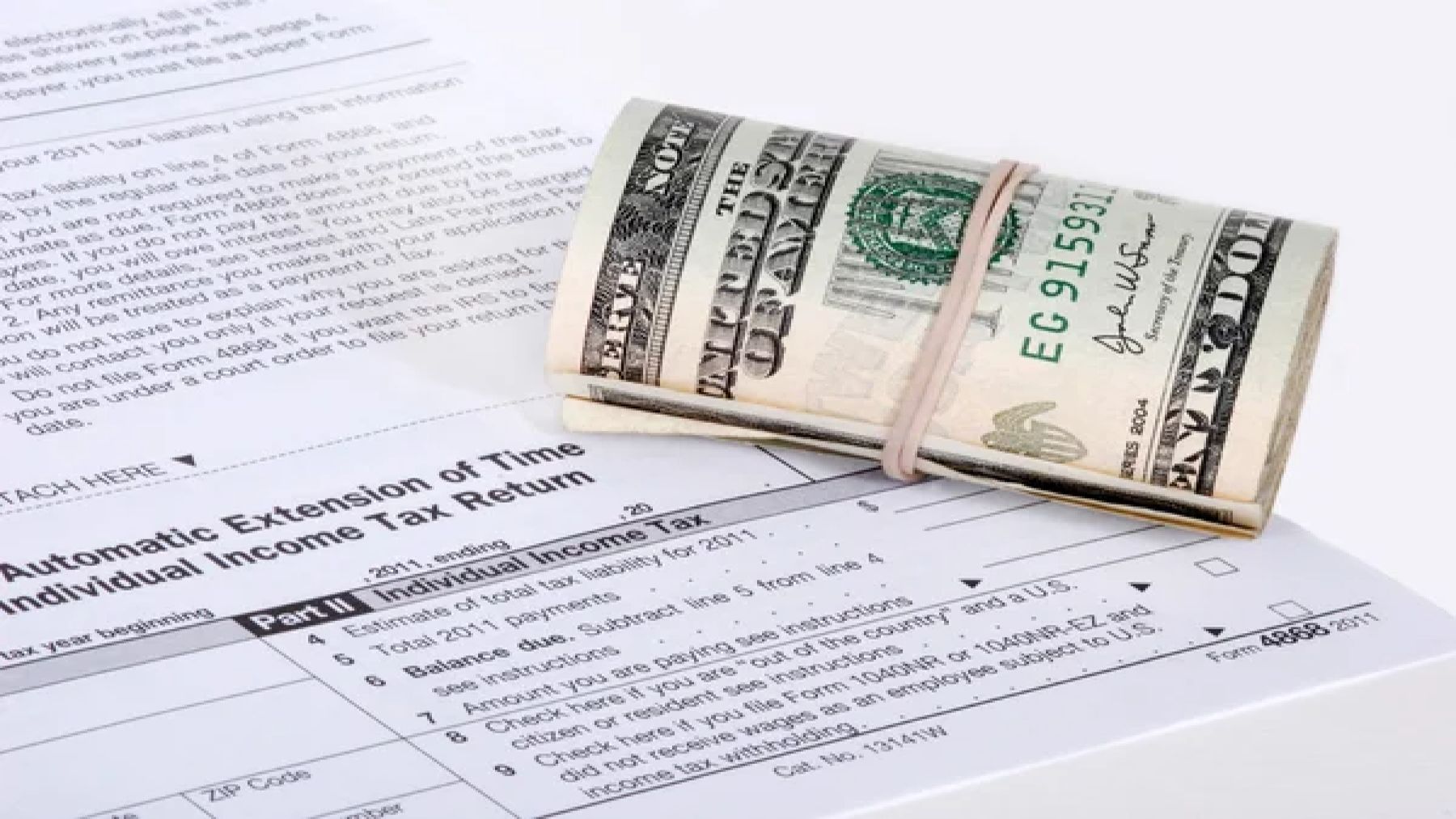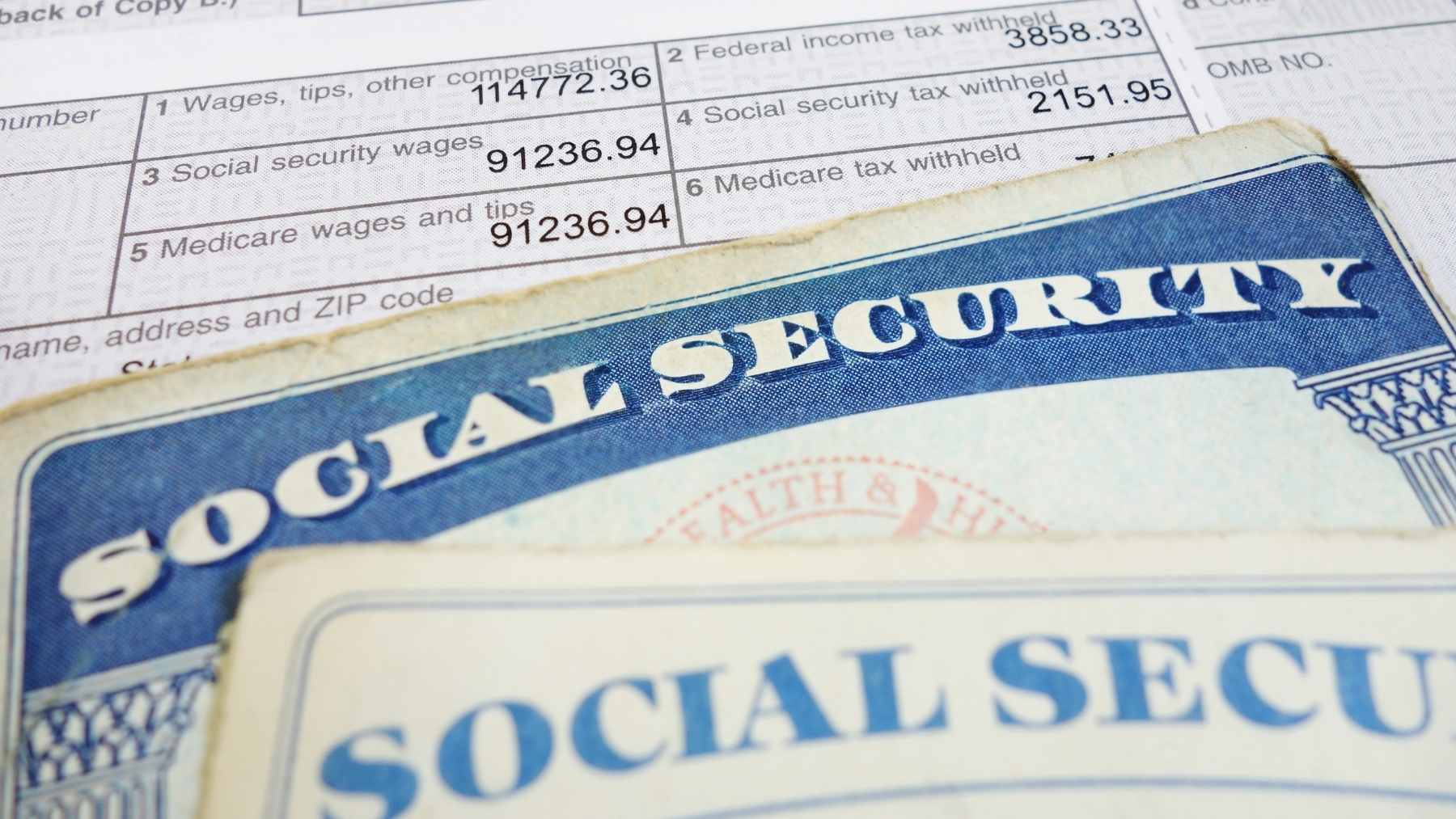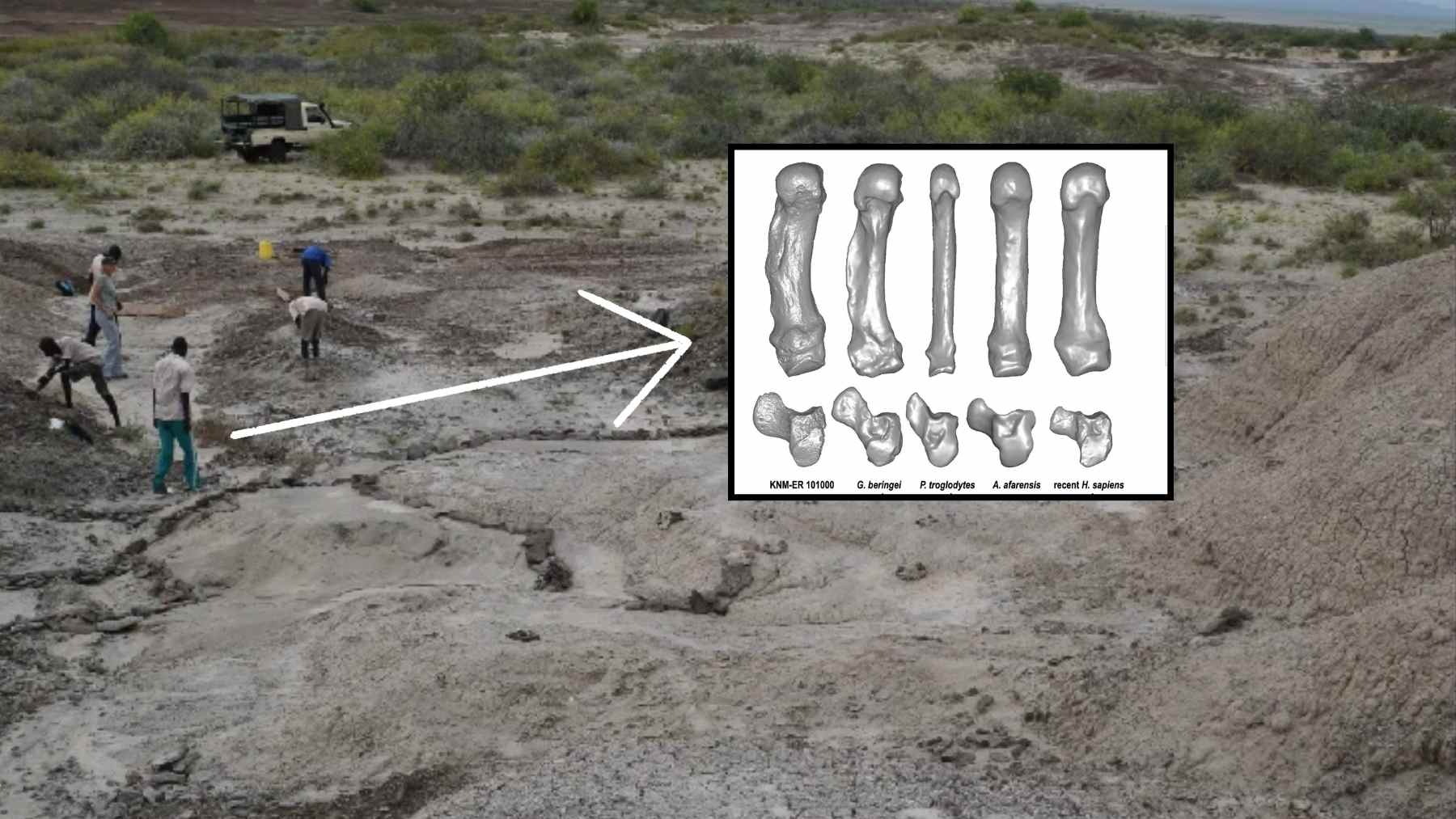The Internal Revenue Service (IRS) has moved into the next phase of the 2024/2025 tax season. With the deadline to file your taxes passing last month, many taxpayers can soon start to expect to receive their refunds. Generally, if you have missed the deadline to file your taxes without applying for an extension, you are penalized with interest and fines. However, some individuals do not need to worry about this, as their tax deadline has been extended past the standard April 15 deadline.
What usually happens if you miss the deadline?
If you missed the deadline last month to file your taxes, the first thing that the IRS recommends taxpayers do is to file their taxes as soon as possible. The longer you delay, the more your interest piles up as a penalty against not filing on time. Additionally, the sooner you file, you may have to be as high the penalty or even none at all, depending on your circumstances.
A major reason people decide not to file their taxes is that they cannot pay their federal income tax. If this ever happens to you, the IRS always states that you should file even if you cannot afford to pay the tax owed. The ‘failure to file’ penalty is applicable to individuals who do not file their taxes on time.
This penalty amounts to 5% of the tax due (less any tax paid on time and available credits) for every month that you do not file the return. This penalty can accrue a maximum charge of 25%. If you are over 60 days late with filing the return, your minimum penalty to pay is either the amount listed or 100% of the underpayment, whichever is less. However, if you qualify for a refund, you may not get hit with this penalty.
These states have an extension to file
While many taxpayers may be receiving a notice from the IRS regarding their late income tax returns, if you are part of these states’ specific circumstances, you have an extension to file your taxes. According to the IRS official statement on tax deadline extensions, areas across twelve states that qualified for disaster relief had their deadline to file their taxes extended to May 1 of this month. Additionally, some states have until October and November of this year to file.
While the May 1 deadline has also already passed, the following states and associated counties have until the end of this year to file:
- October 15, 2025, for Los Angeles County in California, due to the January 2025 wildfires
- November 3, 2025, for all of Kentucky and Boone, Greenbrier, Lincoln, Logan, McDowell, Mercer, Mingo, Monroe, Raleigh, Summers, Wayne, and Wyoming counties in West Virginia due to severe storms that took place in February of this year
What’s the average refund for this year?
For those who have filed their taxes on time, the average refund that taxpayers are being paid by the IRS is $2,945. If you have not yet received your refund but you are expecting one, you can use the IRS’s ‘Where’s My Refund?’ tool to track the status of your refund. However, your refund may be withheld if you owe debt to your state or the federal government.
For taxpayers looking to lower their tax liability for this 2025/26 financial year, there are ways to reduce your tax liability that are both legal and encouraged by the IRS. One way you can do this is to remember to claim a capital loss if you are an asset owner. You can also make IRS contributions to lower your tax liability. However, the take-home point is that you should ensure that you file your taxes even if you are in a position where your tax liability is out of your control.













